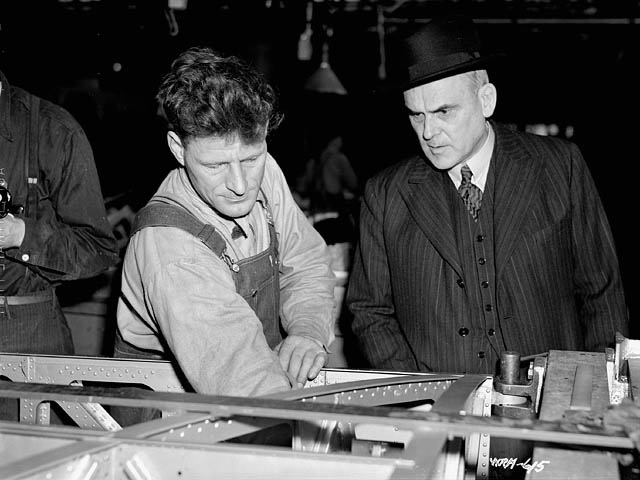- Reaction score
- 11,802
- Points
- 1,160
GR66 said:DHL or KBR might be OK for conflicts like Afghanistan/Iraq where airspace isn't contested and they can get into theatre without too much risk, but will they be able to deliver to Warsaw while it's under artillery attack and the international airport has its runways cratered? How will your FedEx 767 manage entering contested airspace?
Didn't see this one earlier GR66.
The issue would then be getting them to deliver as close as possible.
For example - If they can't/won't deliver to Warsaw perhaps they can deliver to Cologne instead. In that case even a small fleet of C17s and C130s flown by uniformed personnel could shift a lot of tonnage eastwards in short, frequent round trips - Just like the old Berlin Airlift.
The uniformed personnel needs to be there to do the stuff the civvies won't. In my opinion it makes little sense having uniformed personnel do stuff civvies will.






